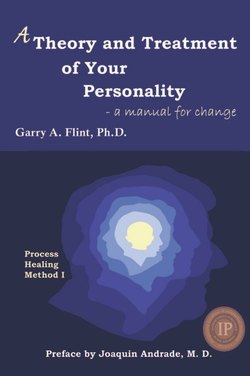Читать книгу A Theory and Treatment of Your Personality - Garry Flint - Страница 53
На сайте Литреса книга снята с продажи.
The dissociation process
ОглавлениеThe dissociation process (see Figure 3-6) helps us in an important way. With the development of volitional behavior, the dissociation process developed naturally to remove active memories and emotions that were unnecessary in our conscious awareness to simplify conscious activity. T he dissociation process, for instance, is at work when you take a walk. It has separated, into the unconscious, all of the sensations that are present in your body when you walk. There is no need for them to be conscious for you to walk. If they were conscious, all of the information would be overwhelming. The dissociation process also helps you read by dissociating traffic noises. It is involved with adapting to our circumstances by dissociating visual or auditory information or any other sensory experience or memory that is unnecessary in our conscious experience. This process helps a person to get more satisfaction and to avoid pain by keeping painful memories or emotions in the unconscious.
The Main Personality is usually who we are, in the simplest sense, from before birth to the present. The Main Personality uses the dissociation process so there is an unconscious and conscious experience (see Figure 3-7). I always draw the Subconscious in the space below the Active Experience, because it appears that the subconscious only accesses memories and emotions active in the Active Experience.
Here is the way the association and dissociation process can affect the Main Personality. We can learn to consciously control both the dissociation and association processes. When someone has a terrible experience that is painful to remember, he or she can consciously use the dissociation and association process to hide the memory and not easily remember it. We know people who can consciously “stuff emotions down” so they don’t have to feel them. They are using the dissociation and association processes. In addition, a person with a trauma history can learn to automatically hide or dissociate painful memories so, when they become active, they do not become conscious. When painful experiences are dissociated, either as a learned process or deliberately, we call the unconscious memories repressed memories.
Dissociated painful memories can return spontaneously with or without further experience and intrude into our thoughts and emotions. Sometimes, treatment techniques or the experiencing of a similar trauma can result in the return of conscious experience of previously dissociated memories. When one removes the dissociative process, the Main Personality can again experience the dissociated or repressed content and emotions. Remember that the parts or aspects caused by the dissociative process are different from amnesic parts. Severe trauma and an absence of previous experience cause amnesic parts. The association and dissociation processes are also active in denial.
